Saroj Nagi
In a departure from the image that Rahul has crafted for himself over the last nine years since his election from Amethi, he has twice over the last 10 months invoked his mother’s tears to add a dash of emotion to give a boost to his political campaign. Saroj Nagi wonders why.
Tears are a double edged weapon -- helping or marring the image/prospects of leaders, depending on whether the public sees these displays as a sign of weakness or melodrama or as a genuine outpouring of human emotion.
Though the image of a young bespectacled Rahul burying his face in his father’s chest during Indira Gandhi’ funeral is etched in most people’s memory, he himself has never shed tears in public. Nor for that matter has his mother and Congress president Sonia Gandhi since her entry into active politics a decade and a half back -- though there have been some occasions when she has tried to hide her emotions.
But in a departure from the image that Rahul has crafted for himself over the last nine years since his election from Amethi, he has twice over the last 10 months invoked his mother’s tears to add a dash of emotion to give a boost to his political campaign.
The first time he did this was in January when he was anointed party vice president at the Jaipur session of the Congress. Although it has been an open secret that Sonia was grooming him for a greater role in the Congress party, Rahul’s speech at the party forum left Congressmen with a big lump in their throats.
...
Rahul Gandhi and the politics of Sonia's tears
“Last night, everyone congratulated me. But last night my mother came to my room and she was with me and she cried. Why did she cry? She cried because she understands that the power so many seek is actually a poison. She can see it because of what it does to the people around her and the people they love. But most importantly, she can see it because she is not attached to it (power),” he said as many in the audience wiped a tear from their eyes and Sonia tried to hide her emotion as a mother brimming with pride at the elevation of her son.
He did it again last week at a rally in Shahdol a predominantly tribal district in Madhya Pradesh.
Highlighting the Congress’s commitment and determination to bring the food security bill, Rahul recalled that Sonia had tears in her eyes when she had to leave the Lok Sabha midway through the voting on the bill as she had suddenly taken ill and needed to be hospitalised. “When I asked her what is this, she said, ‘Rahul, I had fought for this bill. I wanted to push the button (to cast her vote) but could not do so’,” he told the crowd.
But Rahul isn’t the only one to invoke Sonia’s tears.
...
Rahul Gandhi and the politics of Sonia's tears
Salman Khurshid, now external affairs minister, did not hesitate to do so either during the Uttar Pradesh assembly polls in 2012 while touching upon the Batla House encounter.
"I took the issue of the Batla House encounter to Sonia Gandhi. When we showed photographs of that incident to Mrs Gandhi, she wept bitterly," he said, adding she asked him to go to the prime minister immediately and discuss the matter.
Salman’s disclosure -- hours before the campaigning for the second phase of the Uttar Pradesh assembly polls was to end -- was lambasted by the Bharatiya Janata Party and other critics as an open move to woo Muslim voters. Afraid that it might boomerang on the party, Salman later clarified that what he meant was that Sonia had got emotional.
Invoking Sonia’s tears
The big question is why are Sonia’s tears which may have been shed in private being publicly invoked by Rahul and leaders like Salman? What is the message that is being sent out with such disclosures?
Unlike Sonia who, within six years of her entry into active politics, reinvented the Congress, brought it to power as head of the party, Rahul other than intermittent interventions with the government on policy matters has done nothing of note.
...
Rahul Gandhi and the politics of Sonia's tears
Rahul’s experiment at democraticising and broadbasing the Youth Congress remains an unfinished and in some cases even a controversial exercise. He has little to claim as his achievements in comparison with those who are his adversaries in the 2014 general elections. Even the tag of the youth icon -- which fetched the Congress political dividends in 2009 alongwith Sonia’s pro-poor image and Manmohan Singh’s appeal among the middle class -- has been usurped by others and has now worn thin with him.
Having proven herself with her renunciation of the prime minister’s post and her initiatives for aam aadmi, Sonia does not need tears to package herself or her party even if the emotionalism of the Jaipur session dealt with her as a mother and that over the food bill as a sympathiser for the poor.
If she invokes the name and sacrifices of the Nehru-Gandhi family -- Jawaharlal Nehru, Indira and Rajiv -- to reinvigorate the Congress brand, Rahul, as one of the main campaigners of the party, seems to have fallen on Sonia’s tears to do so while lambasting the opposition and signaling his and his party’s concern for the poor.
Take the case of Rahul’s initial remarks on the subject in January when he was made the party vice president. Was it to pre-empt critics of dynastic politics and assure others that he like Sonia would work for the people and the party -- as he has repeatedly claimed and showed through some of his campaigns as for instance for the farmers in UP’s Bhatta Parsaul and the tribals of the Niyamgiri hills of Odisha -- and not be sucked into the vortex of the politics of positions and posts of government?
...
Rahul Gandhi and the politics of Sonia's tears
Though Rahul has systematically refused all offers from Prime Minister Manmohan Singh to join his cabinet, his critics maintain that he has been declining the invitation because he does not want the responsibility of governance where he would be under constant scrutiny nor play second fiddle to the prime minister as a cabinet minister. Even Congress leaders maintain that his refusal to be in government cannot be equated or compared by any stretch of imagination with Sonia’s renunciation of the prime minister’s post in 2004.
But as Congress vice president, Rahul has shown that he does not need to be in South Bloc to exercise power, clout or authority. Unlike earlier occasions and years when he observed the niceties of meeting the prime minister to petition for a package for Bundelkhand or seek an extension of NREGA across the country, within a few months of becoming vice president the Amethi MP showed who is the boss.
After the cabinet cleared the ordinance providing a protective shield to convicted lawmakers, Rahul did not approach the prime minister, who was travelling abroad, to seek its rollback. Instead he made a brash entry into a press conference at the Press Club of India to denounce the ordinance as “nonsense” that should be torn and thrown out.
Coming just ahead of the assembly elections and the 2014 Lok Sabha polls, Rahul’s outburst stripped the prime minister of whatever little authority he had, reflected the emergence of a third and perhaps more powerful power centre in the Congress and showed up the Amethi MP as an immature leader who in his eagerness to align himself with the growing public outcry against the ordinance (after failing to identify with the youngsters who had poured out on the streets to express their anger and anguish at the rape of a young paramedic in Delhi last December) was ready to undermine the prime minister, the government, the cabinet and the allies who were part of the government and had cleared the ordinance.
...
Rahul Gandhi and the politics of Sonia's tears
More importantly, the core group of which Sonia and the prime minister are members, had also decided to go ahead with the ordinance.
Rahul’s harsh outburst left the prime minister with little option but to call a cabinet meeting and scrap the decision and Sonia had to tell her son -- by his own admission -- that he had used very strong words.
Although Rahul tried to contain the damage done to the PM’s already badly dented image by later calling him his political guru, there is little doubt that Singh’ s chances of getting a third term in office have evaporated even if the Congress-led UPA somehow manages to set up another coalition in 2013. More so, because he also made it a point to underline that the 2014 would pave the way for the young.
As in Jaipur, in Shahdol too Rahul invoked Sonia’s tears to signal his mother and the Congress party’s commitment to bring the food security bill in Parliament so that foodgrains are made affordable and available to the poor and the hungry and no one sleeps on an empty stomach.
The underlying message was that his mother, who had sacrificed the prime minister’s post, had sacrificed her health as well and was unwilling to leave for the hospital without voting on the bill that is expected to be UPA-2’s game changer programme for the 2014 general elections.
...
Rahul Gandhi and the politics of Sonia's tears
The obverse side of this was, of course, evident in a poster recently where overzealous party supporters underlined Sonia’s ill-health -- not a reassuring sign for a party which has to go into the Lok Sabha campaign -- and Rahul’s increasing work load to urge Priyanka Gandhi to join politics and contest from Phulpur, the constituency Jawaharlal Nehru represented.
Sceptics reading the poster would tend to think that if Sonia was not healthy enough to lead an intense and vigorous campaign, Rahul was perhaps not the vote catcher that his party thought he would be and that it needed a Priyanka too for the campaign -- a thinking that was also reflected in the reports that the Gandhi sibling would not confine her campaigns to Amethi and Rae Bareli but also reach out to voters across the country.
Realising the negative impact of such reports, the Congress aggressively denied such a move and the poster urging her to join active politics was hastily removed and action taken against those who were behind the move.
...
Rahul Gandhi and the politics of Sonia's tears
There is no knowing how Sonia views Rahul’s public disclosure of her emotional side. But it is surprising that he and leaders like Salman have not shied away from publicising it.
As a leader who has modelled herself on Indira Gandhi by taking on some of her mannerisms, including the brisk walk or the pallu draped head, Sonia herself, like her mother-in-law, is not known to display her emotions in public. She has been stoic and unscrutable in the face of adversity, firm and determined in achieving her objective and flexible enough to accommodate others in her bid to keep the Congress flag flying.
She jettisoned the Congress’s ekla chalo (go it alone) stance and stitched up alliances to successfully set up the first Congress-led coalition at the Centre in 2004 and repeat the exercise in 2009. She gave a left ward tilt to the party -- and a competition to the Communists -- with her emphasis on the aam aadmi.
And when the party was badgered by corruption charges she even outlined a roadmap on how to deal with the menace. The experiment of a division of work between her as party president and Manmohan Singh as prime minister has been a mixed bag: successful in the initial phase and an abject failure when the party and the government has had to deal with crises of politics and governance.
Saroj Nagi is a Delhi-based journalist

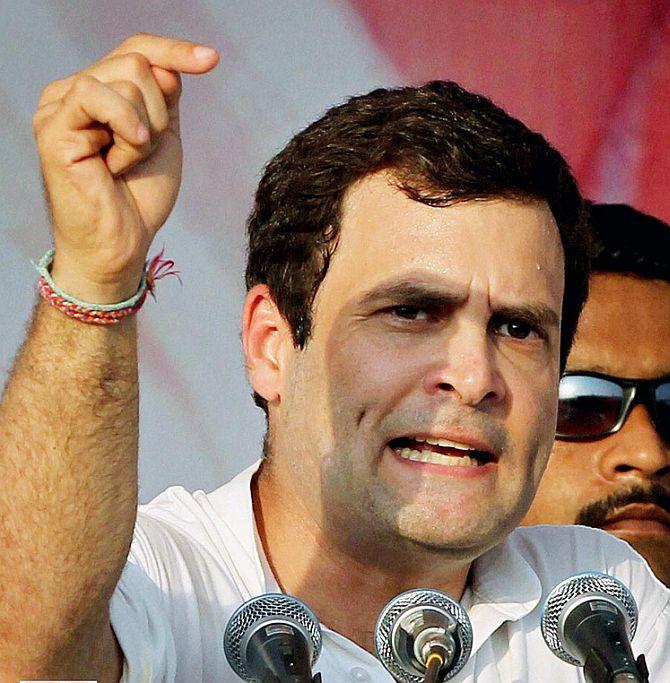
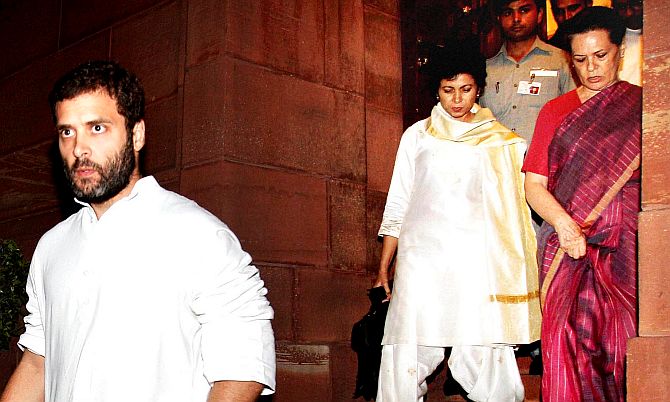
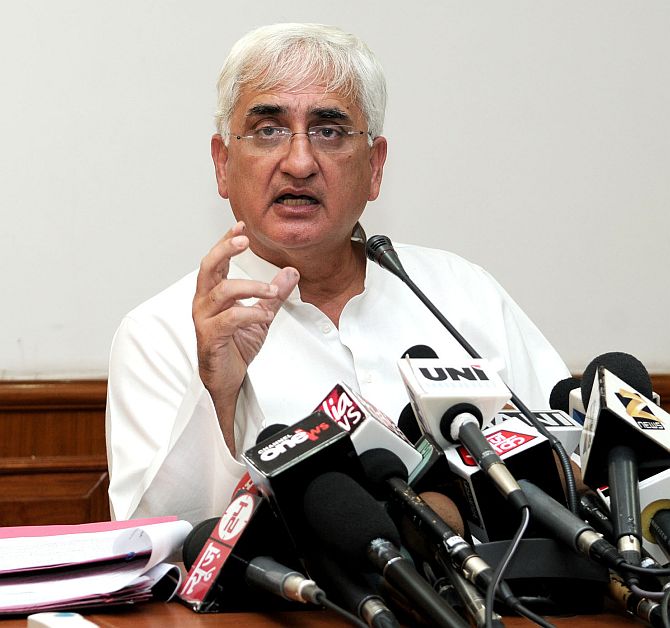

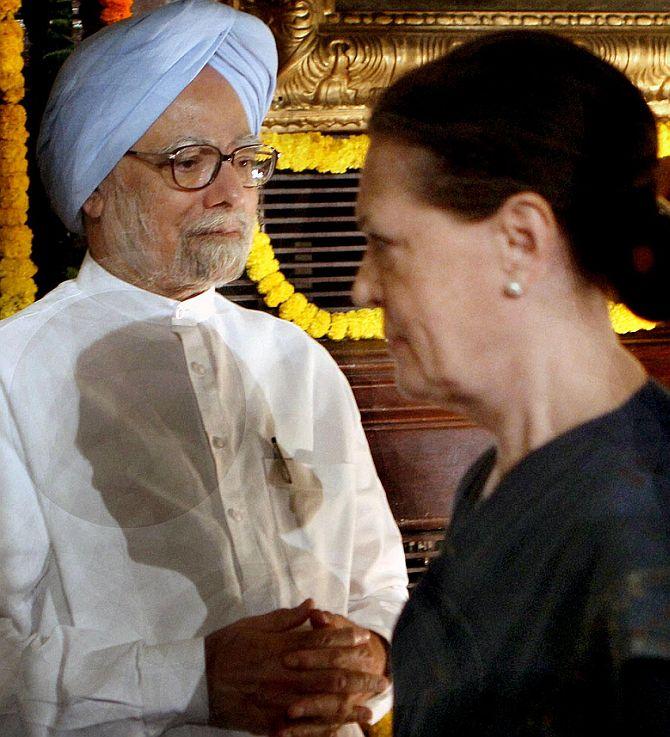
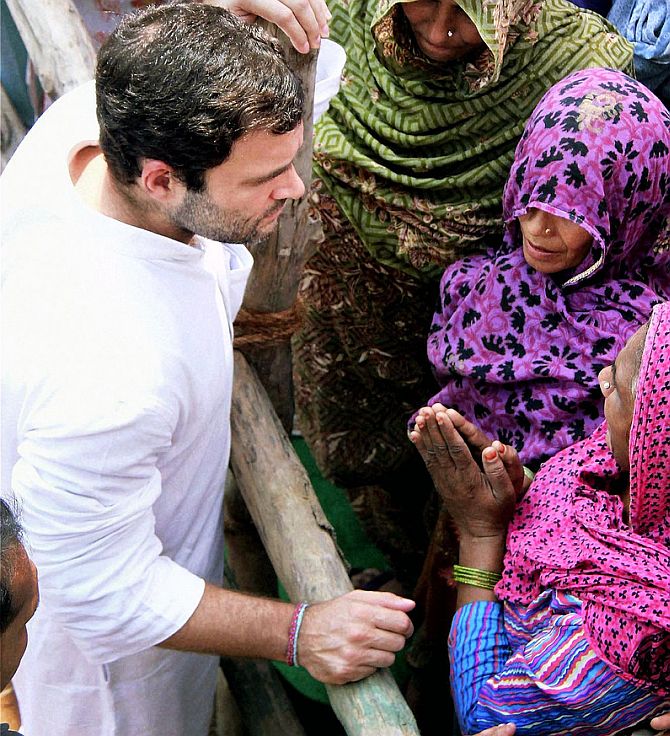
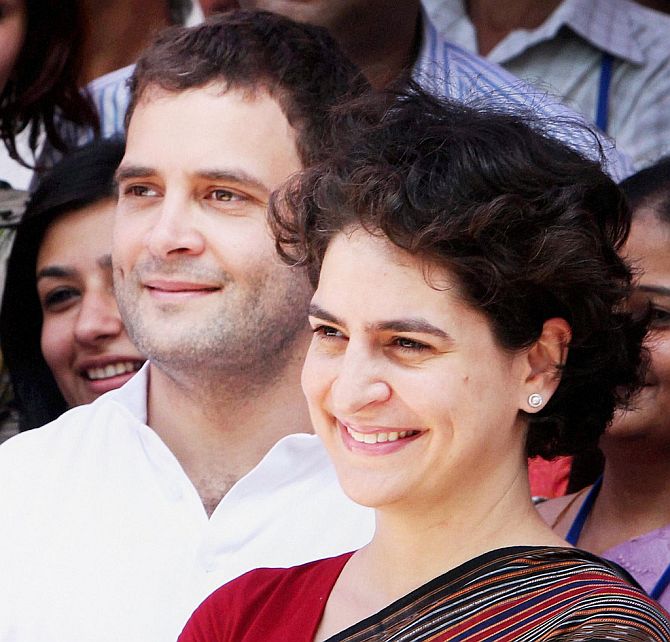
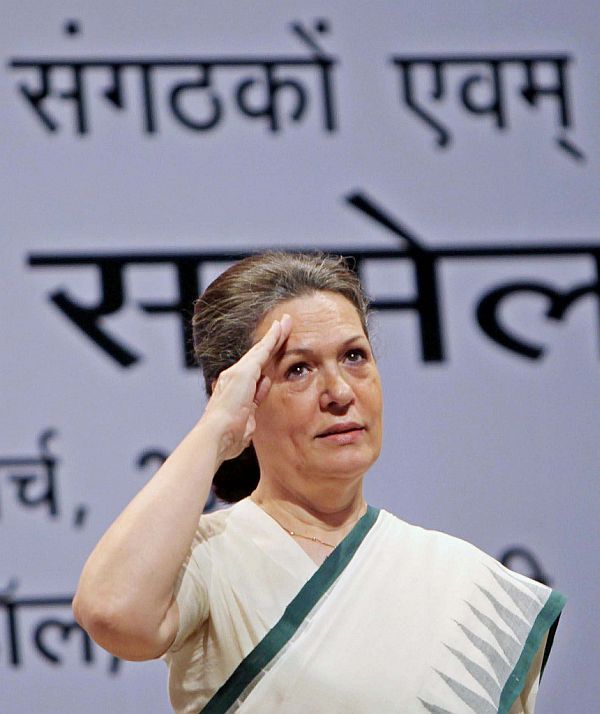
article